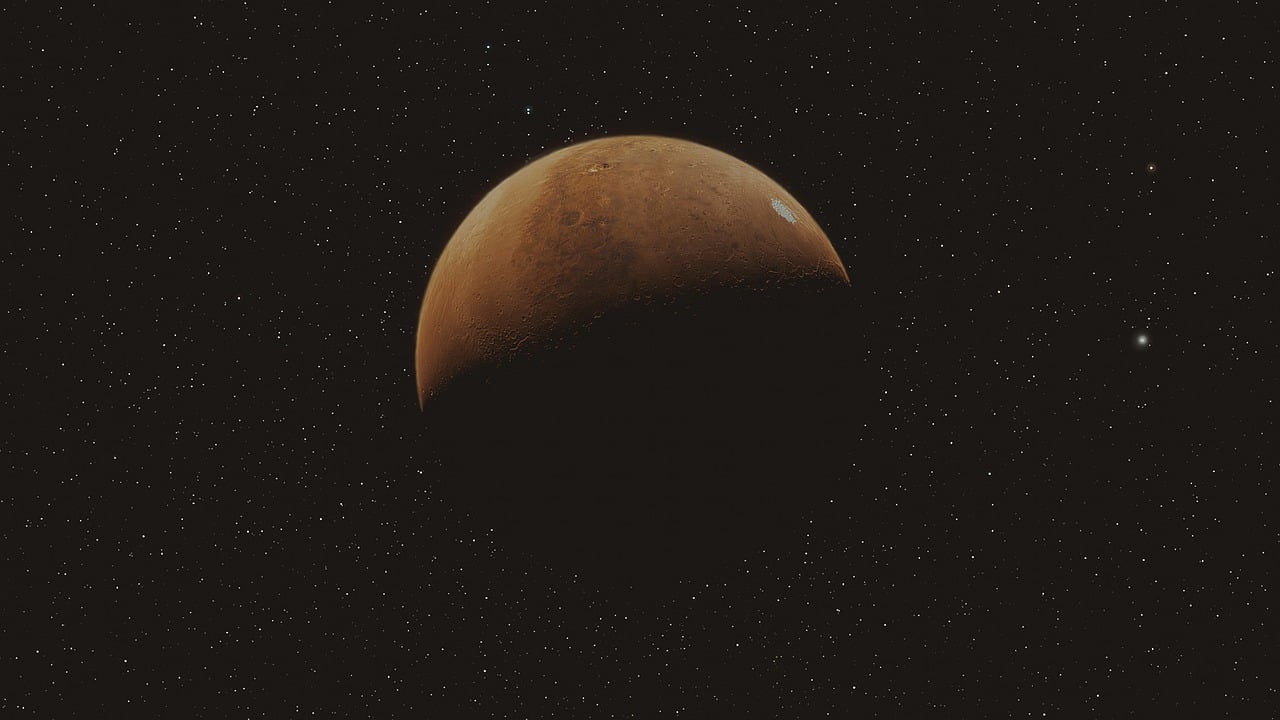News release
From:
A young Mars may have been tectonically and volcanically active
Mars’s early formation may have been followed by a period of active volcanism and crustal recycling around 3.5–4 billion years ago, according to a paper published in Nature Astronomy.
Contrary to Earth, present-day Mars has little to no volcanic or tectonic activity. Further, almost half of the planet’s surface is more than 3.5 billion years old, indicating that there has been no extensive crustal recycling — a phenomenon usually powered by tectonics such as those on Earth in which surface material is recycled into the mantle — since then. Recent discoveries suggest that this was not always the case, but Mars’s geological activity in the first billion years after its formation is still unclear.
Joseph Michalski and colleagues studied the morphology and mineralogy of the planet’s Eridania region in the southern hemisphere using remote sensing data from various orbiters, including the Mars Global Surveyor, Mars Odyssey, and the Mars Reconnaissance Orbiter. The Eridania region offers the strongest crustal remnants of Mars’s ancient magnetic field and various signatures of volcanism. The researchers newly identified 63 instances of four different types of volcanoes (volcanic domes, stratovolcanoes, pyroclastic shields, and caldera complexes) with possibly hundreds more in the Eridania region alone, likely leftover from a vigorous period of geologic activity approximately 3.5 billion years ago.
This suite of observations is consistent with the presence of crustal recycling on early Mars driven by vertical tectonics, a kind of tectonic process precursor of full plate tectonics on Earth. Such a variety of volcanic structures could be more widespread on ancient Mars than previously thought. Michalski and colleagues further suggest that the observed remnants of this activity may be the closest analogue on the planet to the hydrothermal origin of life scenarios proposed for Earth.



 International
International


